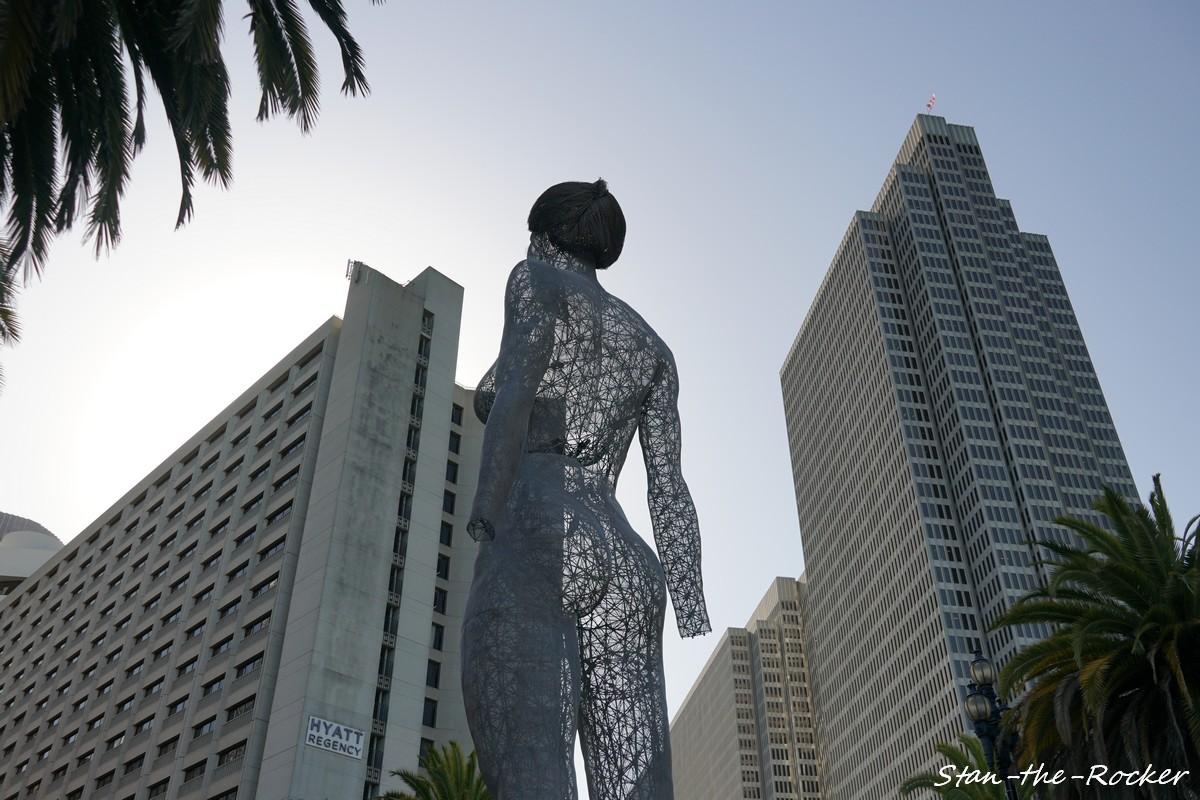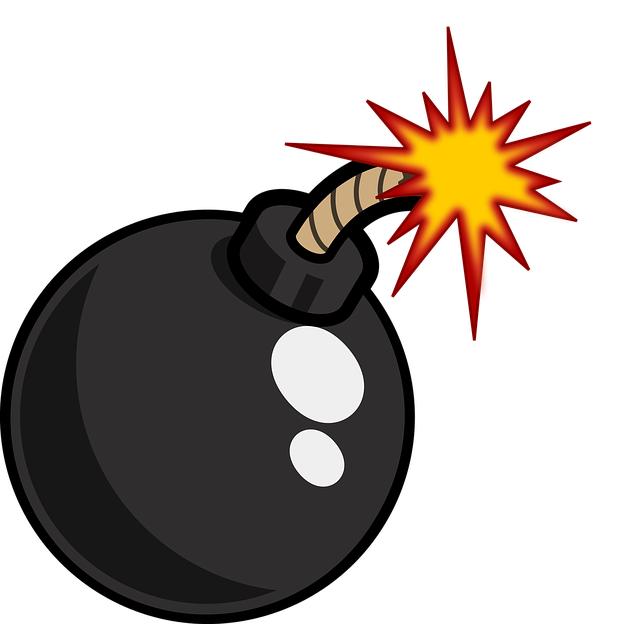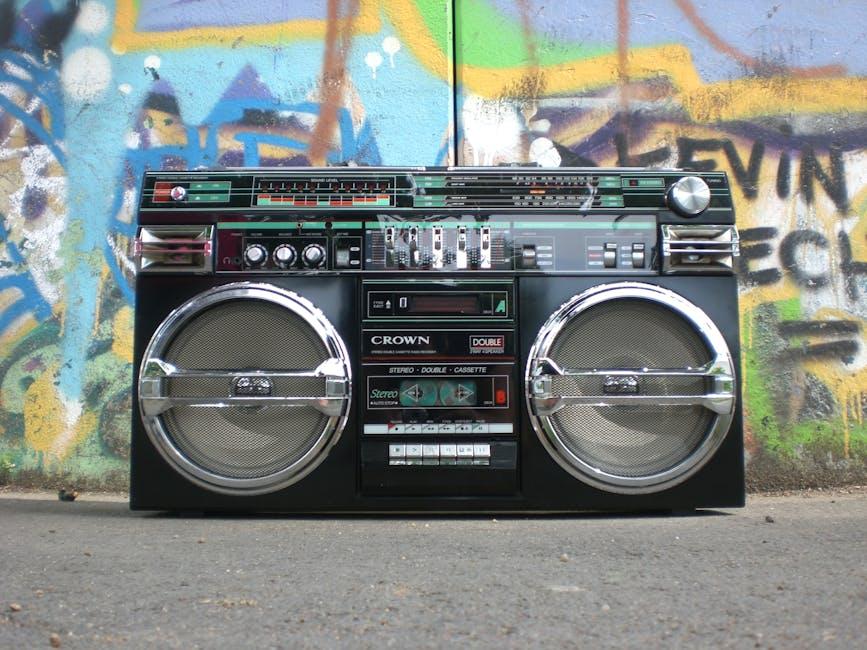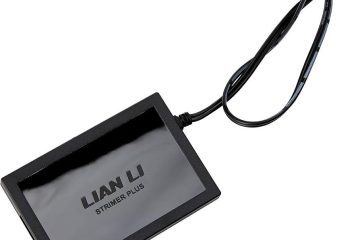The Retro Revolution: Exploring 80s Game Controllers
As the neon lights flickered to life and synthesizers filled the air with catchy tunes, the 1980s emerged as a vibrant era for gaming. This decade, often celebrated for its cultural milestones, also marked a pivotal shift in how we interacted with technology. At the center of this transformation were the game controllers—devices that not only shaped gameplay experiences but also defined a generation’s relationship with digital entertainment. From the iconic joystick of the arcade to the innovative designs that graced home consoles, the 80s saw a creative explosion in controller design that laid the foundation for the future of gaming. Join us as we take a nostalgic journey through the most memorable game controllers of the 1980s, examining their impact on the gaming landscape and their lasting legacy in the hearts of gamers everywhere.Table of Contents
- The Evolution of Game Controllers in the 80s
- Iconic Features That Defined 80s Game Controllers
- Top Game Controllers of the 1980s: A Nostalgic Review
- How 80s Game Controllers Influenced Modern Gaming
- Collecting 80s Game Controllers: A Guide for Enthusiasts
- Q&A
- Final Thoughts


The Evolution of Game Controllers in the 80s
The 1980s marked a significant turning point in the realm of video gaming, particularly with the evolution of game controllers. As the gaming industry took off, manufacturers realized the necessity for more sophisticated and user-friendly controllers. Early consoles, like the Atari 2600, utilized simple joystick designs that primarily featured a single button. This rudimentary design was functional, but it quickly became apparent that gamers desired more complexity in their gaming experience.
With the advent of iconic consoles such as the Nintendo Entertainment System (NES) in 1985, we witnessed the introduction of the now-familiar rectangular gamepad with directional pads and multiple buttons. This innovative design allowed players to experience a more immersive gaming environment, offering controls for actions like jumping, running, and shooting. The following features defined this era:
- D-Pad: Introduced by Nintendo, this four-directional pad became a standard feature, enhancing character movement precision.
- Multitude of Buttons: The inclusion of more buttons enabled complex gameplay mechanics, paving the way for diverse game genres.
- Ergonomic Design: Controllers began to adopt shapes that fit comfortably in players’ hands, increasing playability for extended sessions.
As the decade progressed, other competitors entered the market with their innovations. Pioneers like Sega introduced the Sega Genesis controller, which incorporated six buttons and a more refined design that appealed to hardcore gamers. In this evolving landscape, manufacturers experimented with various shapes, configurations, and materials, leading to distinctive variations in controller design:
| Console | Controller Type | Notable Features |
|---|---|---|
| Atari 2600 | Joystick | Single button, basic movement |
| Nintendo NES | Gamepad | D-Pad, A/B buttons |
| Sega Genesis | Gamepad | Six buttons, ergonomic design |
This rich tapestry of innovation during the 80s laid the groundwork for the sophisticated gaming controllers we experience today, shaping how players interact with video games for decades to come.


Iconic Features That Defined 80s Game Controllers
The 1980s were revolutionary for video gaming, and the game controllers of this era reflected the spirit of innovation and creativity. Among the most notable features was the incorporation of multi-button configurations. Early controllers primarily featured a single joystick and a couple of buttons, but as gaming evolved, manufacturers began to experiment with layouts. For instance, the Nintendo Entertainment System (NES) introduced a cross-shaped D-pad that allowed for more precise movement compared to its predecessors, drastically changing the way games were played.
Another iconic element was the move toward ergonomic designs. As gaming sessions grew longer, comfort became increasingly important. Many controllers began to adopt shapes that fit the natural contours of the hands, reducing fatigue. The Sega Genesis controller is a prime example of this transition, featuring a more streamlined design with a combination of buttons and trigger inputs that enhanced gameplay experience, especially for action and platformer genres.
Additionally, the concept of contextual buttons emerged during this era, where some buttons would have different functions depending on the game being played. This was a significant leap from the fixed functions of earlier controllers. For instance, the Turbo feature on some models allowed players to enhance their button presses, giving them a competitive edge in fast-paced games. Features like these not only catered to diverse gaming styles but also paved the way for the complex controllers we use today.
Top Game Controllers of the 1980s: A Nostalgic Review
The 1980s were a golden era for gaming, not just for the games themselves but also for the controllers that shaped the way we interacted with our favorite titles. From the simplistic charm of the joystick to the complex layouts of early gamepads, these devices laid the foundation for what would become an expansive universe of gaming controllers. The innovation and design choices of that decade influenced how players engaged with games and, ultimately, became iconic symbols of gaming culture.
One of the remarkable features of controllers from this decade was their unique designs, catering to the technology of the time. Some notable controllers included:
- Atari 2600 Joystick: This basic yet intuitive controller featured a single joystick and one button, proving that simplicity could reign supreme.
- Nintendo Entertainment System (NES) Controller: With its rectangular shape and directional pad, the NES controller revolutionized gaming, introducing a more ergonomic way to navigate in-game worlds.
- SEGA Master System Controller: Sporting a more sophisticated design, it featured a directional pad alongside a “1” and “2” button, appealing to a newer generation of gamers.
Tablets began to emerge towards the end of the decade, changing how players viewed controllers. A simple comparison highlights key aspects of some major game controllers of the era:
| Controller | Release Year | Notable Feature |
|---|---|---|
| Atari 2600 Joystick | 1977 | Single-button simplicity |
| Nintendo Entertainment System Controller | 1983 | First D-pad on a console controller |
| SEGA Master System Controller | 1985 | Multi-directional movement with dedicated action buttons |
Each controller not only represented a shift in gaming technology but also encapsulated the gaming experiences of that generation. The tactile feedback and aesthetic designs forged connections that many players still cherish today. As gaming technology evolved into the ’90s and beyond, the controllers of the ’80s will always remain as pivotal milestones in a nostalgic journey through gaming history.


How 80s Game Controllers Influenced Modern Gaming
The gaming landscape of the 1980s was transformative, marking the transition from arcade cabinets to home consoles, a shift largely facilitated by the innovative game controllers of the era. Controllers like the Nintendo Entertainment System (NES) controller revolutionized gameplay with their simple yet effective design. Featuring a directional pad (D-pad) and only a handful of buttons, this layout laid the foundation for intuitive control schemes that remain prevalent in modern gaming. The NES controller demonstrated that less could indeed be more, allowing players to engage effortlessly with their games while setting the standard for future designs.
Moreover, the introduction of ergonomic designs began to take shape during this memorable decade. Controllers such as the Sega Genesis gamepad not only emphasized comfortable grips but also advanced input options like the use of a six-button configuration. This added variety allowed players to execute complex moves and combos, influencing the way developers crafted their games. The emphasis on ergonomic design paved the way for modern controllers that prioritize user comfort during long gaming sessions, a crucial consideration that is still garnering attention today.
In addition to design and functionality, the 80s also saw the birth of specialized controllers that targeted specific genres, paving the way for customization in gaming. Examples include light guns for shooting games, and steering wheels for racing simulators, illustrating that creativity in hardware design could enhance gameplay experiences. These innovations have inspired modern developers to create controllers tailored to specific game mechanics, resulting in an increasingly immersive gaming environment. As diversity in controller types continues to expand, the legacy of 1980s gaming peripherals is evident in our current gaming experiences, truly bridging the gap between past and present.


Collecting 80s Game Controllers: A Guide for Enthusiasts
For collectors, the allure of 80s game controllers goes beyond mere nostalgia; it’s a journey into the heart of gaming history. During this vibrant decade, controllers evolved significantly, introducing pioneering technologies that shaped how we play today. Finding original controllers can be a fun yet challenging task, as many enthusiasts seek out rare pieces that embody the spirit of the era. Whether you’re hunting for a pristine NES controller or a quirky Atari joystick, knowing what to look for can elevate your collecting experience.
When building a collection, consider the following strategies:
- Research Availability: Familiarize yourself with common and rare models. The iconic Sega Genesis controller, for example, has variations that can significantly differ in value.
- Condition Matters: Controllers in their original packaging can fetch higher prices than loose ones. Look for signs of wear, and always check the functionality.
- Join Communities: Online forums and local collectors’ groups can offer invaluable insights. Networking with fellow enthusiasts can lead to discovering hidden gems.
| Controller | Year Released | Notable Features | Estimated Price |
|---|---|---|---|
| NES Controller | 1983 | Classic design, D-pad | $20 - $50 |
| Sega Genesis Controller | 1989 | 6-button layout | $30 – $70 |
| Atari 2600 Joystick | 1977 (popular in the 80s) | Single-button simplicity | $10 - $25 |
| TurboGrafx-16 Controller | 1989 | Multicolored buttons, unique design | $25 – $60 |
Ultimately, being a collector means balancing love for the games with an eye for history. The thrill of needing to locate that elusive joystick can be as rewarding as the gaming memories created. As you delve deeper into the rich tapestry of 80s gaming, you’ll not only gather physical artifacts but also connect with a shared passion that transcends generations. Each controller holds a story, inviting you to explore its origins and significance in the gaming world.
Q&A
Q&A: Exploring the Game Controllers of the 80sQ1: What were some of the most popular game controllers from the 1980s?A1: The 1980s saw the rise of several iconic game controllers that shaped the future of gaming. Notable mentions include the Atari 2600 joystick, with its simple design and single button; the Nintendo Entertainment System (NES) controller, which introduced the cross-shaped D-pad; and the Sega Master System controller, known for its durability and distinctive design. Each of these controllers played a crucial role in defining user interaction during this decade.Q2: How did 80s game controllers differ from those of earlier decades?A2: Controllers from the 80s marked a significant evolution from earlier designs, mainly by introducing more complex input mechanisms. Before this era, game controllers typically featured rudimentary buttons and knobs. The 1980s brought forth features such as the digital D-pad, multiple buttons for advanced gameplay, and ergonomic shapes that improved comfort, drastically changing how players interacted with video games.
Q3: What technological advancements influenced 80s game controller design?A3: The 1980s witnessed several technological advancements that impacted controller design. The introduction of microprocessors allowed for more intricate game mechanics and responsive controls. Additionally, as games became more complex, so too did the need for controllers that could accommodate multiple inputs, leading to the design of controllers with more buttons and innovative layouts, enhancing the overall gaming experience.
Q4: How did game controllers from the 80s influence modern gaming?A4: The foundations laid by 80s game controllers continue to influence modern gaming. The D-pad, introduced by the NES controller, is still a standard feature in today’s controllers. The concept of ergonomic design for comfort during long gaming sessions has been further refined, and the idea of multiple buttons for various functions has become ubiquitous. In essence, many modern controllers owe their core designs to innovations from this pivotal decade.
Q5: Were there any specific trends in game controller design during the 80s?A5: Yes, the 1980s saw several design trends in game controllers. One prominent trend was the move towards more compact and user-friendly designs, making controllers portable and easier to handle. Additionally, there was a noticeable shift towards colorful and stylish designs as companies began to brand their products more aggressively to stand out in a growing market. the inclusion of unique features, such as the turbo button in some controllers, showcased a push toward enhancing gameplay dynamics.
Q6: How did players react to the game controllers of the 80s?A6: Player reactions to 80s game controllers were largely positive, especially given the era’s innovation. Many players appreciated the improved comfort and functionality. The NES controller, in particular, was embraced for its straightforward design, making games more accessible to newcomers. However, some players found certain controllers, like the Atari joystick, to become cumbersome during prolonged gaming sessions. the feedback helped manufacturers refine their designs for future consoles.
Q7: What legacy did 80s game controllers leave in the gaming industry?A7: The legacy of 80s game controllers is profound. They set the standard for future gaming systems, influencing how controllers are designed even today. Their innovations in ergonomics, control schemes, and overall user experience laid down the groundwork for the dynamic, multifaceted controllers we use now, such as those for PlayStation, Xbox, and more. Reflecting on the 80s, it’s clear that this period was not just about gaming; it was about forging a new way for players to connect with their favorite digital worlds.




0 Comments